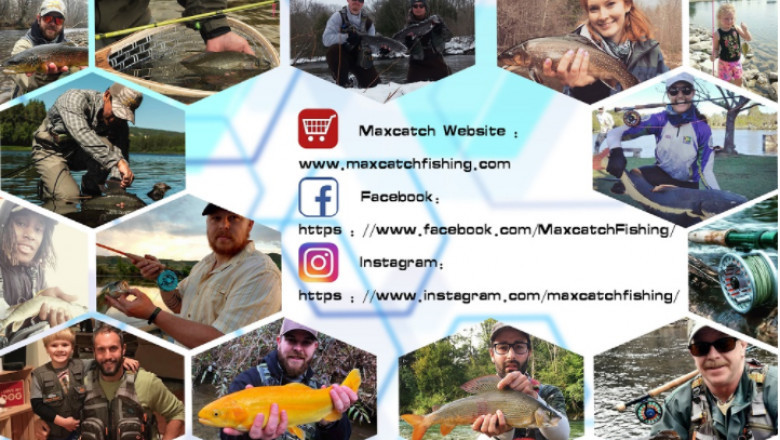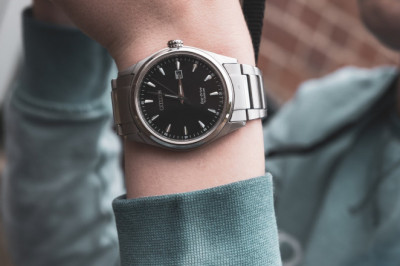views

Now that we know the differences between traditional casting methods and the fly casting method that is the root of fly fishing, lets get into just what fly fishing is. Fly fishing revolves around presenting an artificial lure to a fish that is typically an imitation of any sort of insect. That is the basic concept of fly fishing. What you are trying to accomplish fishing in this manner is trying to imitate a fish’s natural food base with an imitation and getting them to take the fly. You are basically trying to outsmart, or trick, the fish.
The flies that you use can vary from imitations of insects that float on the surface, these being mayflies, caddis, or other terrestrials (grasshoppers, ants, etc.), to those types of insects that live under the surface of the water. You can even utilize flies that don’t resemble any type of natural insect and go for more of a reaction to get the fish to strike. I’ll elaborate more about these different types of flies in future articles. This variety of insects require different approaches to fly fishing. I’ll get further into detail on that in future articles as well. The fly imitations are created using many different artificial and natural materials by means of fly tying, which is basically where you tie your own fly imitations to use on the water. It’s a great experience to tie your own fly and then catch a fish on it. I highly recommend trying it out. The materials that are often used create your standard flies include:
Feathers from ducks, pheasants, and other types of birds
Furs and hairs from animals like beavers, muskrats, deer, elk, and moose
Artificially created synthetic materials
Glass, brass, and tungsten beads
Tinsels, wires, and other types of ribbing materials
That sums up the basic information to answer what fly fishing is. The idea behind it all is that you are trying to imitate some sort of food the fish eats and entice that fish to take your fly over the other food in the water around them. Learning how to fly fish involves taking all of this information and putting it together to catch your first fish on the fly. In future articles I’ll go over the basics of fly fishing equipment, knots, and techniques that will help you learn and improve your fly fishing experience. Stay tuned and don’t hesitate to leave a comment or contact me with any questions. Tight lines everyone!












